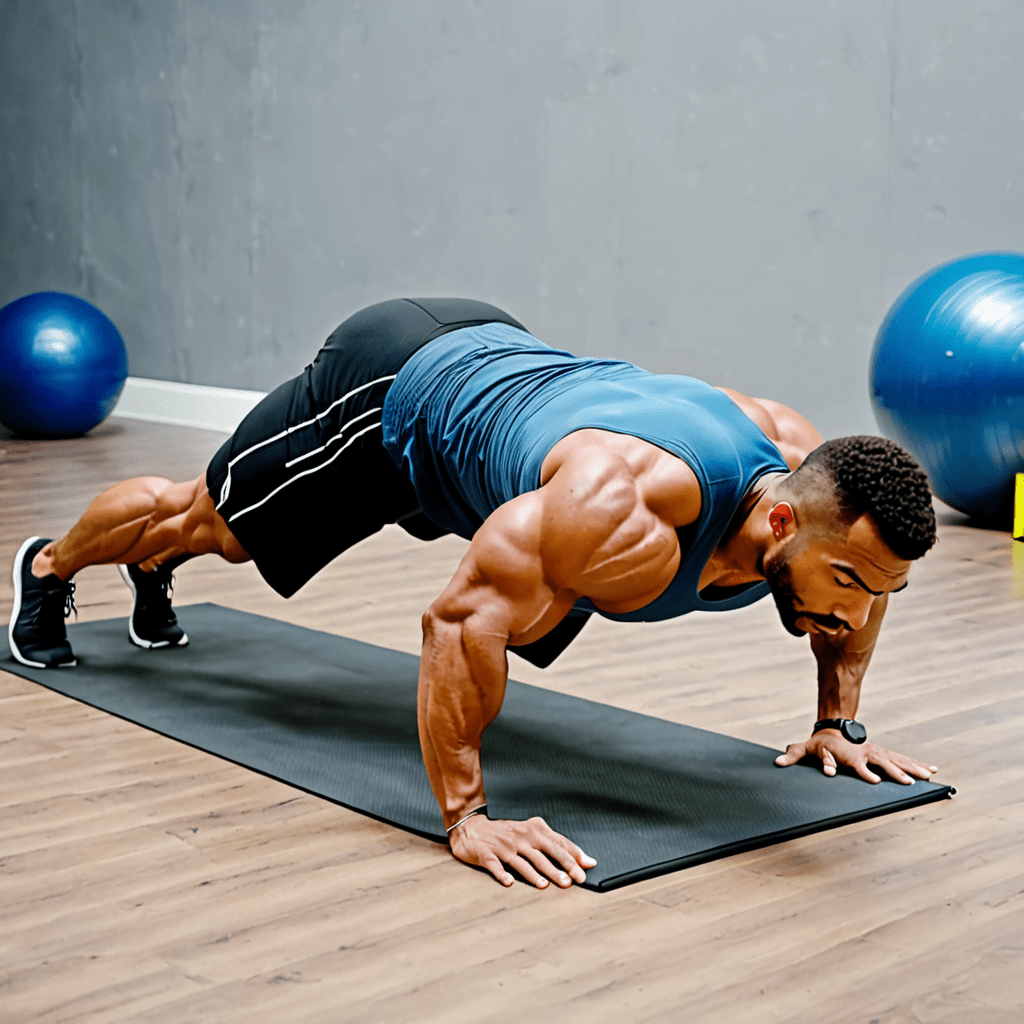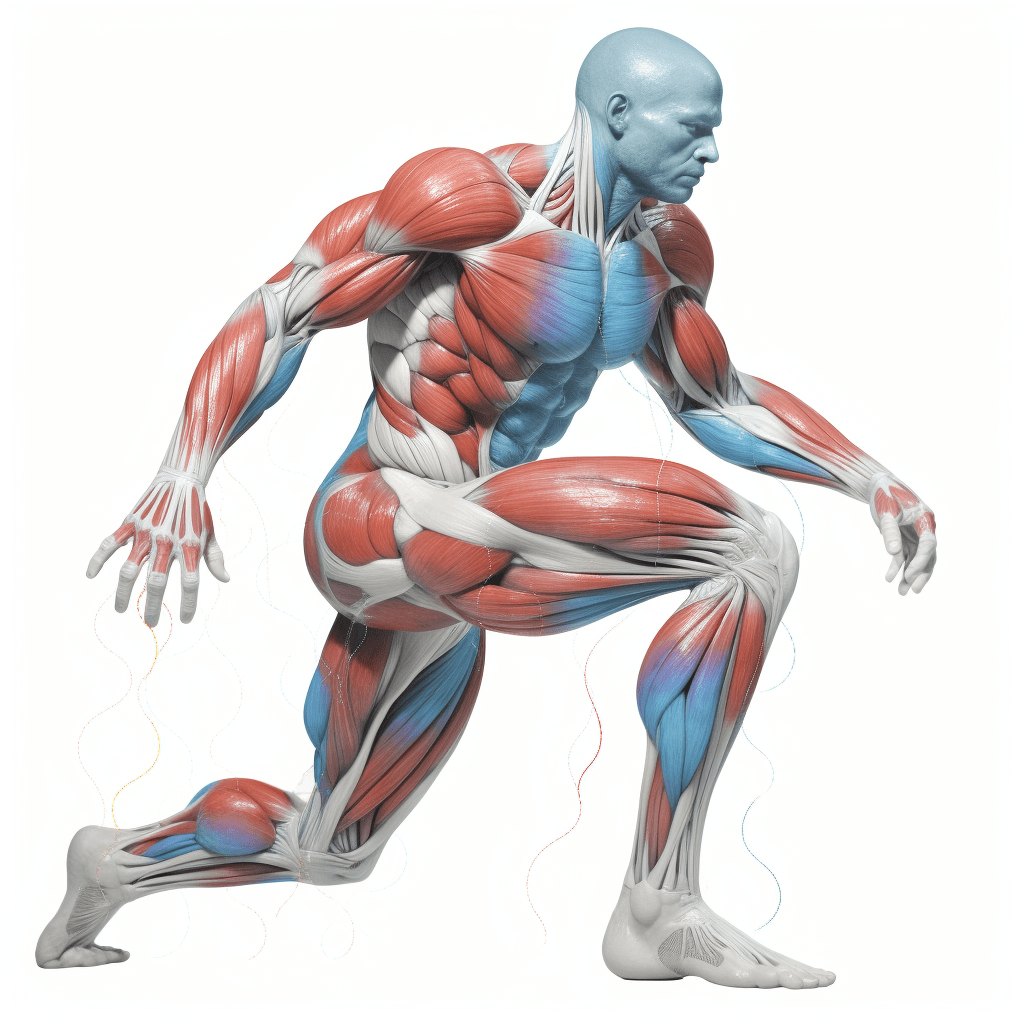Posture and Brain Function: Enhancing Cognitive Abilities
I. Introduction
A. Posture refers to the alignment of the body, how you hold yourself when sitting, standing, or lying down. Good posture is more than just standing straight; it involves using your muscles efficiently and maintaining the natural curves of your spine.
B. Good posture has a profound impact on brain function, influencing everything from attention and memory to creativity and mood. By adopting proper posture, you can significantly enhance your cognitive abilities and unlock your full potential.
II. The Link Between Posture and Cognition
A. Blood Flow: Good posture ensures optimal blood flow to the brain, delivering essential nutrients and oxygen. When blood flow is restricted due to poor posture, brain function suffers, leading to decreased cognitive performance.
B. Nervous System: The nervous system plays a crucial role in both posture and cognition. Proper posture allows for efficient nerve communication between the brain and body, facilitating optimal cognitive function. Conversely, poor posture can disrupt nerve signals, hindering cognitive processes.
C. Mood and Stress: Studies have shown a strong correlation between posture and mood. Good posture promotes positive emotions and reduces stress, while poor posture can lead to anxiety and depression. Furthermore, stress can negatively impact posture, creating a vicious cycle.
III. Benefits of Good Posture for Cognitive Function
A. Improved Attention and Focus: Good posture keeps you alert and engaged, promoting better attention and focus. This is especially important for tasks requiring prolonged concentration or focus, such as studying or working on complex projects.
B. Enhanced Memory and Learning: Research suggests that good posture improves memory consolidation and retrieval. Maintaining proper alignment may facilitate the brain's ability to encode and store information effectively, leading to enhanced learning and memory.
C. Increased Creativity and Problem-Solving Abilities: Good posture can foster a sense of openness and expansiveness, promoting creative thinking and problem-solving. It allows for better oxygenation of the brain, which can enhance cognitive flexibility and the ability to generate new ideas.
D. Reduced Fatigue and Mental Strain: Sitting or standing with good posture reduces muscle tension and fatigue, preventing mental strain and exhaustion. This allows you to maintain focus and productivity for longer periods.
IV. Practical Strategies for Maintaining Good Posture
A. Ergonomic Adjustments to Workspace and Seating
- Chair: Choose an ergonomic chair with adjustable height, lumbar support, and armrests. Ensure your feet rest flat on the floor or use a footrest if needed.
- Desk: Position your desk at a comfortable height, allowing your elbows to bend at a 90-degree angle while typing. Your monitor should be at eye level, about an arm's length away.
- Keyboard and Mouse: Position your keyboard directly in front of you, with your wrists straight and elbows at a 90-degree angle. Use a mouse that fits comfortably in your hand and allows for smooth movement.
B. Regular Posture Checks and Corrections
- Become Aware of Your Posture: Pay attention to your posture throughout the day, especially when sitting or standing for extended periods.
- Use Reminders: Set reminders to check your posture every 30 minutes or so.
- Make Adjustments: When you notice slouching or leaning forward, gently correct your posture and return to an upright position.
C. Mindful Movement and Stretching Exercises
- Incorporate Movement: Break up prolonged sitting with regular movement, such as standing up, walking around, or stretching.
- Stretching Exercises: Regularly perform stretches that target the muscles responsible for maintaining good posture, such as the back, shoulders, and neck.
- Yoga or Pilates: Consider incorporating yoga or Pilates into your routine, as these practices emphasize posture and body awareness.
D. Importance of Regular Physical Activity
- Exercise: Engage in regular physical activity, focusing on exercises that strengthen core muscles and improve flexibility.
- Cardio: Aim for at least 150 minutes of moderate-intensity aerobic activity or 75 minutes of vigorous-intensity aerobic activity per week.
- Strength Training: Include strength training exercises that target major muscle groups at least twice a week.
V. Specific Postures for Cognitive Enhancement
A. Upright Posture with Shoulders Relaxed and Back Straight
- Imagine a String Pulling You Upward: Visualize a string attached to the top of your head, gently pulling you upward and lengthening your spine.
- Relax Your Shoulders: Keep your shoulders relaxed and down, away from your ears.
- Engage Core Muscles: Tighten your abdominal muscles slightly to support your spine.
B. Open and Expansive Body Language for Increased Alertness
- Open Chest: Keep your chest open and shoulders back, creating a sense of expansion.
- Uncross Your Legs and Arms: Avoid crossing your legs or arms, as this can restrict blood flow and limit alertness.
- Maintain Eye Contact: During conversations, maintain eye contact to stay engaged and attentive.
C. Avoiding Slouching and Hunching for Optimal Blood Flow
- Be Aware of Rounded Shoulders: Avoid hunching or rounding your shoulders forward, as this restricts blood flow to the brain.
- Maintain a Straight Back: Keep your back straight, with a slight inward curve at the lower back.
- Use a Lumbar Support Pillow: If needed, use a lumbar support pillow to maintain the natural curve of your spine while sitting.
VI. The Role of Technology in Posture Correction
A. Posture-Tracking Devices and Apps
- Wearable Devices: Smartwatches and fitness trackers can monitor your posture and provide real-time feedback.
- Posture Correction Apps: Mobile apps can offer guided exercises and reminders to improve posture.
- Posture Analysis Software: Specialized software can analyze your posture through video or image capture, providing personalized feedback.
B. Virtual Reality Interventions for Posture Awareness
- VR Simulations: Virtual reality simulations can create immersive environments that promote proper posture and body awareness.
- Biofeedback Mechanisms: VR systems can incorporate biofeedback mechanisms to provide real-time feedback on posture and make adjustments as needed.
- Interactive Games and Exercises: VR-based games and exercises can make posture correction more engaging and enjoyable.
C. Biofeedback Mechanisms for Real-Time Posture Adjustments
- Electromyography (EMG): EMG sensors can measure muscle activity, providing feedback on muscle tension and imbalances related to posture.
- Electrodermal Activity (EDA): EDA sensors can track sweat production, indicating stress levels that may influence posture.
- Postural Feedback Systems: Specialized devices can provide real-time feedback on posture through vibration or auditory cues, helping individuals make adjustments as needed.
VII. Addressing Posture-Related Challenges
A. Overcoming Ingrained Postural Habits
- Identify Triggers: Recognize situations or activities that trigger poor posture, such as prolonged sitting or using a computer.
- Develop New Habits: Gradually replace bad posture habits with good posture habits through conscious effort and repetition.
- Seek Professional Guidance: If needed, consult a physical therapist or posture specialist for personalized guidance and support.
B. Managing Physical Limitations and Pain
- Address Underlying Conditions: If pain or physical limitations are contributing to poor posture, seek medical attention to address the underlying issues.
- Adaptive Strategies: Explore adaptive strategies or assistive devices to maintain good posture despite physical limitations.
- Focus on Functionality and Comfort: Prioritize comfort and functionality over perfect posture, especially if you have physical limitations.
C. Creating a Supportive Environment for Good Posture
- Ergonomic Workplace: Ensure your workspace is ergonomically designed to promote good posture.
- Posture-Friendly Home Environment: Use supportive furniture and create a home environment that encourages good posture.
- Social Support: Surround yourself with people who encourage good posture and provide positive reinforcement.
VIII. Long-Term Benefits of Maintaining Good Posture
A. Improved Overall Health and Well-being
- Reduced Musculoskeletal Pain: Good posture can reduce muscle strain and pain in the back, neck, and shoulders.
- Improved Circulation: Maintaining good posture promotes better blood flow, improving overall health and well-being.
- Enhanced Breathing: Proper alignment allows for deeper and more efficient breathing, contributing to improved oxygenation and overall health.
B. Reduced Risk of Chronic Diseases
- Cardiovascular Health: Good posture may reduce the risk of cardiovascular disease by promoting healthy blood flow and reducing strain on the heart.
- Metabolic Disorders: Studies suggest that good posture may help regulate blood sugar levels and reduce the risk of metabolic disorders.
- Chronic Pain Conditions: Maintaining good posture can help prevent or manage chronic pain conditions, such as back pain and arthritis.
C. Increased Longevity and Quality of Life
- Independent Living: Good posture can help maintain mobility and independence as we age, reducing the risk of falls and injuries.
- Improved Mood and Cognitive Function: The long-term benefits of good posture extend to improved mood, cognitive function, and overall quality of life.
- Increased Confidence and Self-Esteem: Good posture can project confidence and self-esteem, positively impacting personal and professional interactions.
FAQ
1. What are some common posture mistakes?
- Slouching or hunching over
- Rounded shoulders
- Forward head posture
- Prolonged sitting without breaks
- Using poor ergonomics at work or home
2. How can I improve my posture at work?
- Adjust your chair and desk to ensure proper ergonomic positioning.
- Take regular breaks to stand up and move around.
- Use a lumbar support pillow or cushion.
- Stretch your back, shoulders, and neck muscles regularly.
3. How can I improve my posture at home?
- Be mindful of your posture while sitting, standing, and lying down.
- Use supportive furniture and avoid slouching on the couch.
- Engage in regular physical activity that strengthens core muscles and improves flexibility.
- Consider using a posture-tracking device or app for feedback and guidance.
4. What are some exercises to improve posture?
- Wall stands
- Shoulder rolls
- Chest stretches
- Back extensions
- Core strengthening exercises
5. What are some tips for maintaining good posture throughout the day?
- Set reminders to check your posture regularly.
- Be mindful of your body positioning in different activities.
- Practice good posture habits consistently to make them automatic.
- Seek professional guidance if needed.


